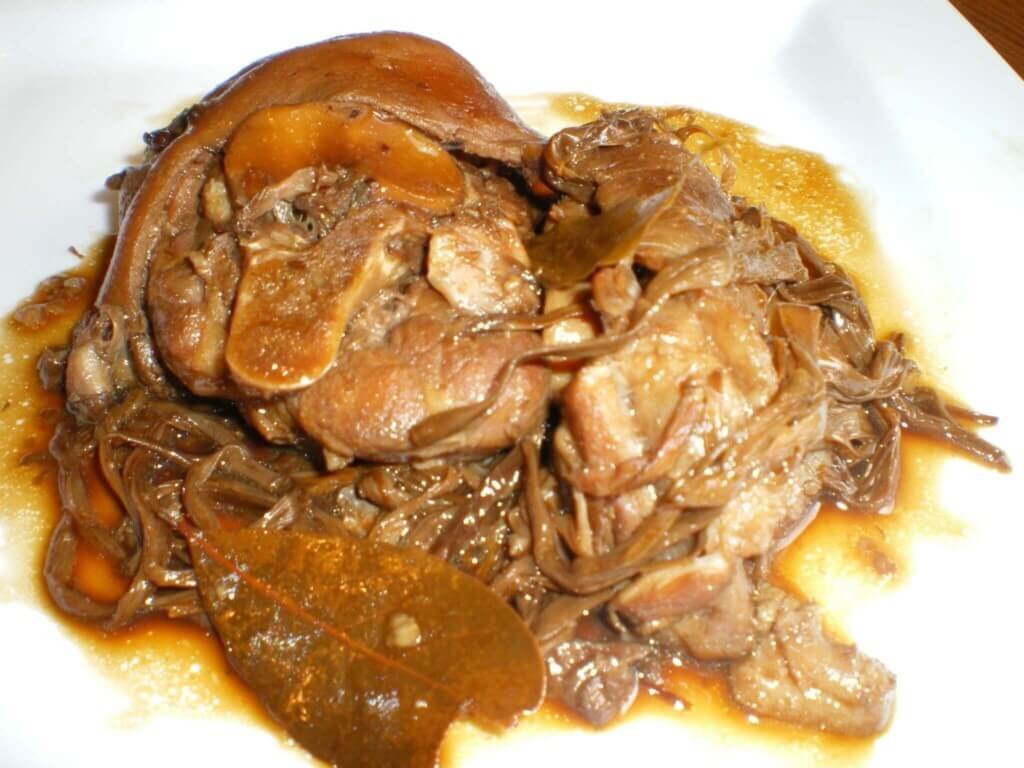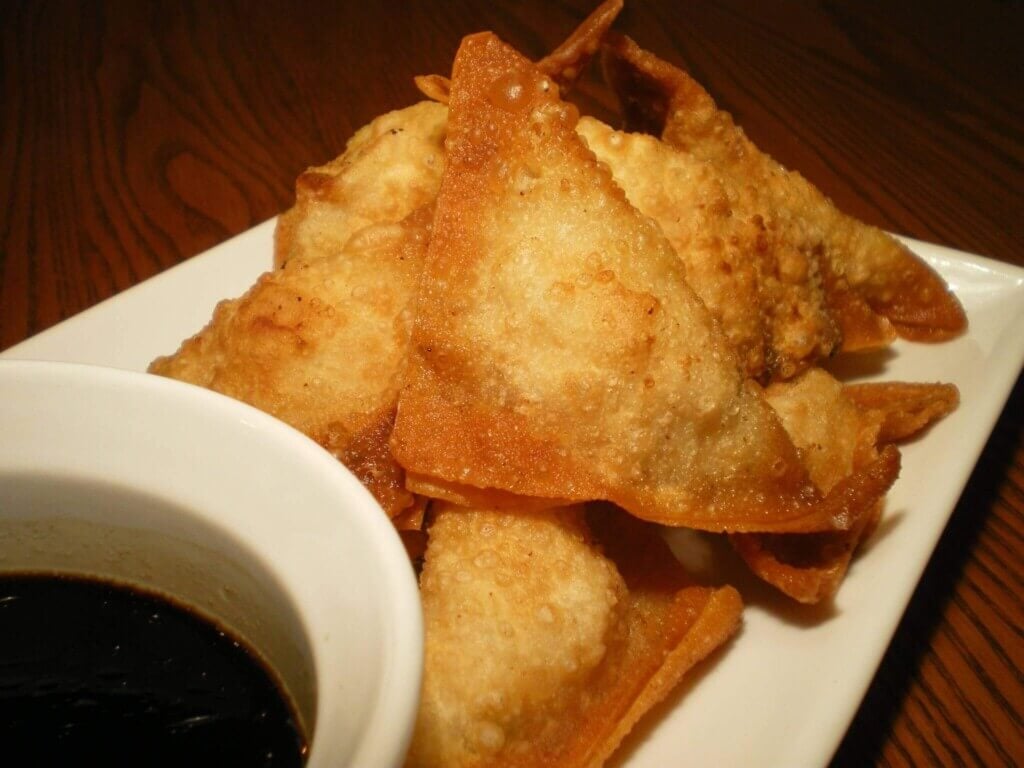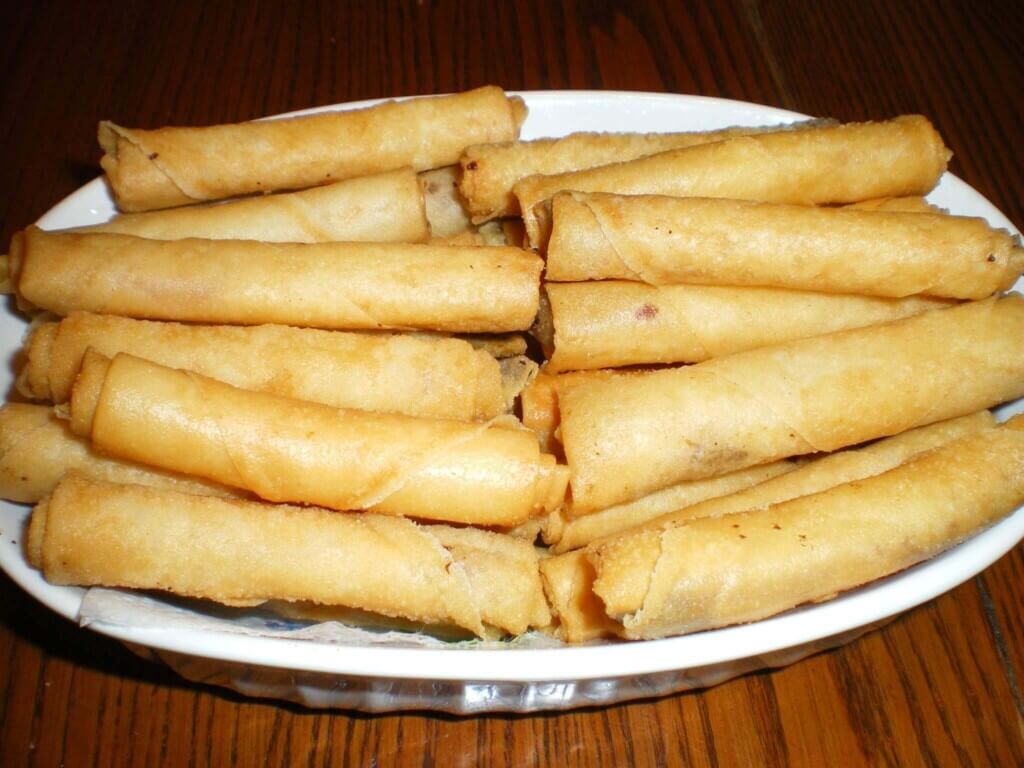JOKES LANG PO, WALANG PERSONALAN,
WAG PONG SERYOSOHAN. :-)
ALAMIN muli ang mga kabulastugan, este kapalaran sa iyong bonggang zodiac sign!
Narito na naman ang makulit na HOROSJOKES LANG PO!
ARIES (Marso 20-Abril 19) Huwag ka munang
lalabas ng bahay dahil maaari kang mabingwit. Mukha ka pa namang bisugo.
Mag-stay sa fishpond, este bahay, mag-internet at magbasa ng BLOG ko.
TAURUS (Abril 20-Mayo 20) Para sa mga pangit na
babae, HINDI ang sagot sa tanong mo. Maganda ka ba? Hindi… Hindi
talaga! Kahit itanong mo pa sa mga sinungaling!
GEMINI (Mayo 21-Hunyo 20) Maglilipat-bahay ka
na naman dahil palalayasin ka ng iyong landlady. Hindi ka raw kasi
marunong magbayad ng renta sa bahay. Aray!
CANCER (Hunyo 21-Hulyo 20) Para sa 66-anyos na
lolang pandak, hindi ka na tatangkad. Iwasan ang tumalun-talon dahil
maaaring mabali ang mga buto mo sa tuhod.
LEO (Hulyo 21-Agosto 23) Tigilan na ang
pagte-text kung pinagseselos mo lang ang iyong crush. Nahahalata niya na
balance inquiry ang tine-text mo dahil gawain din niya ito!
VIRGO (Agosto 21-Setyembre 22) Nagsasawa na sa
iyo ang mister mo. Ayaw na niya ang pagluluto at pamamlantsa mo. Gumawa
ka ng paraan para hindi ka niya pagsawaan. Pero kung ayaw mo, ok lang.
LIBRA (Setyembre 23-Oktubre 22) Iwasang
magtanong sa taong nakaputing damit, maong na pantalon at nakatsinelas.
Hindi niya masasagot ang tanong mo dahil naliligaw rin siya!
SCORPIO (Oktubre 23-Nobyembre 22) Para sa mga
babaeng matataba, huwag maniniwala sa pambobola ng nanliligaw sa ‘yo.
Hindi totoong sexy at maganda ka. Ano ka ba?! Obvious naman, di ba?!
SAGITTARIUS (Nobyembre 23-Disyembre 22) Misis,
maghanda ka na ng mga gamit ng sanggol dahil kahit baog ka, magkakaanak
na kayo ng mister mo. Iuuwi na niya ang anak niya sa labas.
CAPRICORN (Disyembre 23-Enero 19) Hindi ka
malas sa linggong ito. Dahil hindi ka naman talaga Capricorn. Mali ang
nakalagay sa birth certificate mo. Napulot ka lang ng nanay mo!
AQUARIUS (Enero 20-Pebrero 19) Mananalo ka sa
lotto at magpo-promote ka sa trabaho. Tapos, magiging mabait sa ‘yo si
misis. Tapos, magigising ka sa ingay ng iyong biyenan!
PISCES (Pebrero 20-Marso 19) Para sa mga babae,
marami ang makakapansin sa bago mong hairstyle. Sinumang magsabing
gumanda ka, huwag kang maniwala.
***
“FLUID MI WELDER… ‘Yan ba ang takot sumagupa sa
akin? Kahit si KUTO, puwede na rin!” – MANNY PACQUIAO
***
SIMON: Pare, ano ang ibig sabihin ng MWSS?
CALOY: Manila Water Service Sadmininistration.
SIMON: Hindi. Wala na ito!
CALOY: Ahh… Mawawalan ng Water Sa Sangkalupaan!
***
Usapan ng dalawang doktora…
DOKTORA #1: Ang laki ng bird ng pasyente ko, parang upo!
DOKTORA #2: Alam ko. Mister siya ng pasyente ko.
DOKTORA #1: Ano naman ang sakit ng wife?
DOKTORA #2: Na-dislocate ang panga!
***
BOGS: Bakit Brunong Putol ang tawag kay Bruno? Bukod sa basagulero ay kumpleto naman ang mga kamay at paa niya, ah?!
JUN: Ahh… ehh… lagi kasi siyang napuputulan ng kuryente!
***
KAWAWANG HOLDAPER
Isang araw, pauwi na si Mando galing trabaho nang…
HOLDAPER: Holdap ‘to! Akina ‘yung pera at cellphone mo!
MANDO: ‘Tang ‘na mo! Holdaper din ako!
***
Textmates sina Ambong Sugarol at Iskang Mapangarap. Isang gabi, nag-text si Ambo sa nililiyag…
AMBO: Gudnyt love. Sana’y mapanaginipan mo ako, at ikuwento mo agad sa akin bukas nang umaga!
ISKA: Ang sweet naman ng love ko! Bakit naman gusto mong malaman agad ang panaginip ko?
AMBO: Ahh… ehh… para madiskartehan ko agad ang numero at matayaan sa jueteng!
***
JUAN: Puwede ba u maging txtm8?
INDAY: Oke. Hu u?
JUAN: Hu1.
INDAY: Wag nga u niloloko me! Hu u nga?
JUAN: Hu1 nga!
INDAY: Kainis na u! Wag na magtxt ha? Txtbck.
***
Sa botika…
LOLA: Ineng, pabili nga ng slimming pills.
PHARMACIST: Para sa inyo po ba, lola?
LOLA: Para sa apo ko ‘yan. Pabili na rin ng sanitary napkin, isang kahon.
PHARMACIST: Isang kahong napkin para sa apo ninyo rin ho, Lola?
LOLA: Anong para sa apo ko?! Para sa akin ‘yan!
PHARMACIST: Ang ibig ninyong sabihin, Lola, hindi pa kayo menopause?
LOLA: Anong menopause ka d’yan?! Gagawin ko lang unan ‘yan, ‘no?!
***
Sa swimming pool…
ARMANDO: Waah! Tulong! Tulong! Hindi ako marunong lumangoy!
ROBERTO: Eh ano naman?! Ako nga, hindi marunong magluto, isinisigaw ko ba?! Papansin ka!!!
***
EFREN: Saang lugar dito sa Pilipinas kung saan lahat ng tao ay cool?
DANIEL: Sa Bikol!
EFREN: Eh saan namang lugar puro matatanda ang nakatira?
DANIEL: Sa Catanduanes!
***
EDWARD: ‘Tol, akyat ka sa puno! Pisilin mo ang bunga kung hinog na!
JACOB: (umakyat at pinisil ang bunga) Oo, ‘tol! Hinog na!
EDWARD: Sige, baba ka na… sungkitin na natin!
***
NANAY: (walang magawa) Makapanood nga ng TV! Ano ba ‘to?! Puro mga cartoon! Doraemon! Digimon! Pokemon!
ANAK: Nay, anong ulam?
NANAY: Naku, malas! Dumating pa itong jejemon na palamon!










